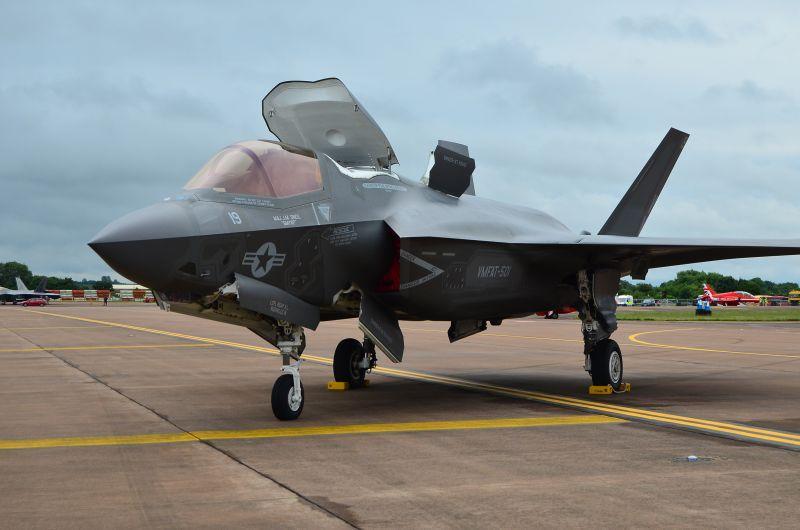
A pilot ejected after crash-landing a Lockheed Martin F-35B on the runway next to the company’s delivery center in Fort Worth on Dec. 15.
A Lockheed Martin F-35B crash last month has been linked to a technical fault that affects an undisclosed number of aircraft as the U.S. Navy continues a potentially monthslong investigation into the root cause of the nonfatal incident.
A Time Critical Technical Directive (TCTD) released by the F-35 Joint Program Office (JPO) on Dec. 29 recommends grounding a “small number” of aircraft assessed to be at higher risk, a JPO spokesman says. A return to flight order will come after procedures are developed to reduce the risk.
The JPO released the TCTD two days after suspending deliveries of the Pratt & Whitney F135 engine to the program’s assembly lines in Fort Worth and Cameri, Italy.
The JPO has not released the reasons for the TCTD and the engine delivery suspension.
But the timing of both moves are linked to an ongoing investigation by Naval Air Systems Command (NAVAIR) of the Dec. 15 crash of an F-35B during a predelivery check flight in Fort Worth. Any technical faults identified during the course of an investigation are immediately acted upon, while NAVAIR investigators continue probing other factors in a search for the root cause.
Video footage showed the F-35B making a vertical descent to land, but the aircraft bounced forward after touching the ground. The aft section then rose upward, which caused the nose gear to drive into the runway and collapse. Now tilting on its right wingtip, the jet spun across the runway counterclockwise 180 deg., then reversed direction by about 45 deg. As the aircraft came to a stop, the pilot ejected and sustained only light injuries.
Lockheed owned the F-35B at the time of the incident.
The F-35 program also continues to suspend flight operations at the Lockheed plant in Fort Worth. The suspension forced the company to miss its delivery goal for the year by seven jets, with 141 handed over to all customers in 2022 instead of the original goal of 148-153.





